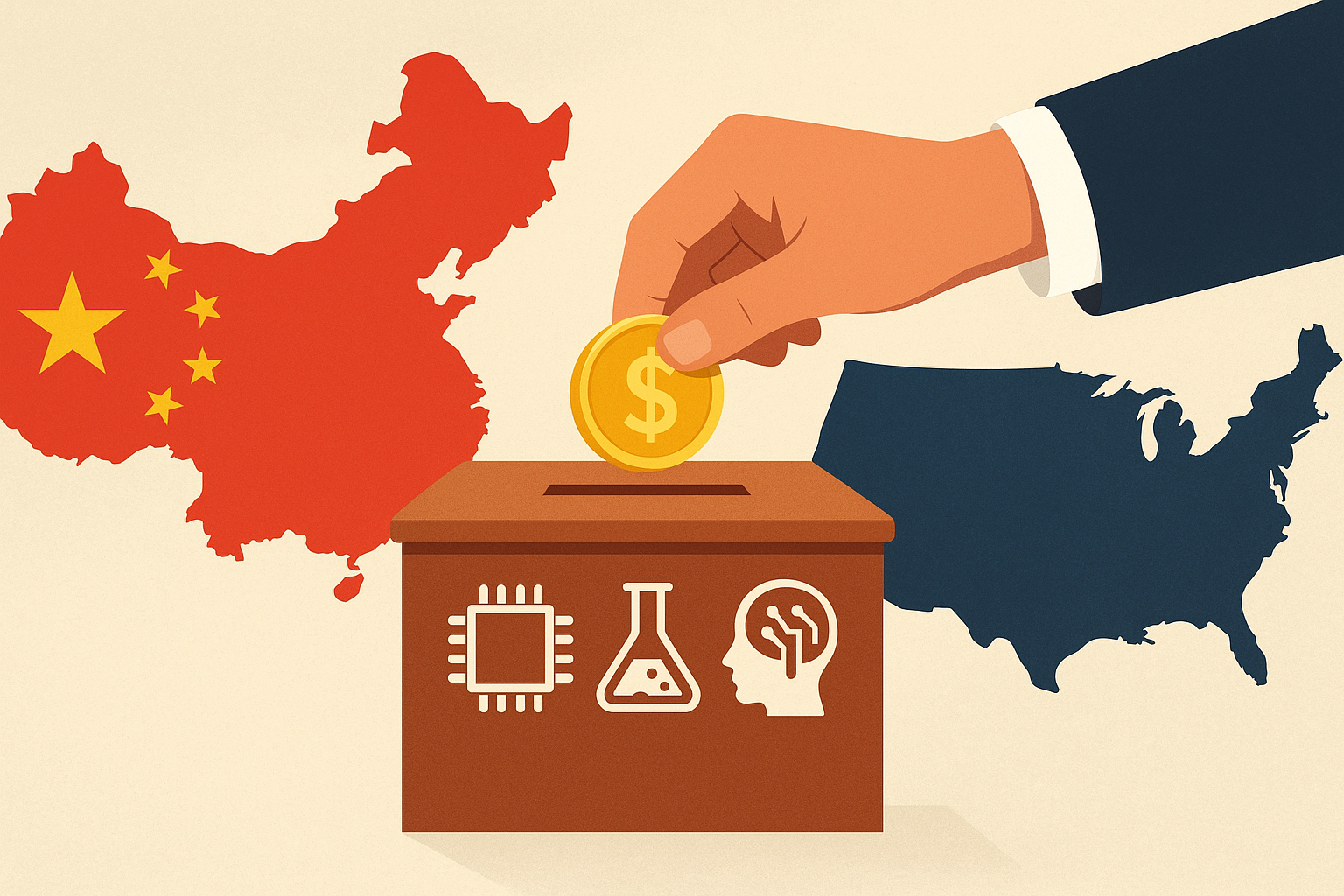As the 2026 midterms draw closer, Washington is shifting into high gear. The Trump administration is pursuing an aggressive wave of negotiations across more than 30 “strategic” industries—including semiconductors, artificial intelligence, pharmaceuticals, and critical minerals—using a mix of incentives, tariffs, and even equity stakes to shape outcomes. For investors, this is not business as usual; it is a signal that politics and policy will play an outsized role in determining market winners and losers in the months ahead.
Why This Matters Now
In a political climate where economic security has become synonymous with national security, the administration’s push underscores a broader policy pivot toward industrial interventionism. According to reporting from Reuters, the government is targeting accelerated deal-making in sectors deemed essential to U.S. competitiveness and resilience.
The implications are profound. Investors have already seen how prior moves—such as the 2022 CHIPS and Science Act or the Inflation Reduction Act—redirected billions of dollars in capital and reshaped industry valuations overnight. This new blitz, with midterm elections looming, may further tilt the playing field by channeling resources, protections, and regulatory leeway toward strategically favored companies.
Strategic Sectors in Focus
Semiconductors:
With supply chain disruptions still reverberating through the global tech ecosystem, semiconductor production remains a top priority. Tariff escalations and direct incentives could bolster U.S.-based chipmakers like Intel and GlobalFoundries, while also complicating operations for firms heavily dependent on Asian manufacturing hubs.
Artificial Intelligence:
The administration has signaled that AI isn’t just a technology story but a national security imperative. Expect selective tax breaks, R&D incentives, and possible procurement contracts for companies developing AI in defense, cybersecurity, and infrastructure monitoring. Investors should watch how policy distinctions between consumer-facing AI firms and defense-linked AI developers shape market opportunities.
Pharmaceuticals:
Efforts to reduce reliance on foreign supply chains for active pharmaceutical ingredients (APIs) could create tailwinds for U.S. and allied drugmakers with domestic manufacturing capacity. However, heightened scrutiny of pricing practices could weigh on broader sector valuations.
Critical Minerals:
Following recent U.S. government equity stake announcements in lithium and rare earths, investors can expect expanded deal-making in Australian and Canadian mining companies. This aligns with broader efforts to secure EV supply chains and reduce dependence on China’s dominance in mineral processing.
The Political Layer: Opportunity and Risk
The midterm electoral timeline adds urgency and political calculation to this strategy. Analysts at Brookings have noted that industrial deal-making often accelerates ahead of elections, not only to deliver “wins” for voters but also to shore up key constituencies such as manufacturing workers, defense contractors, and pharmaceutical stakeholders.
While such moves may create short-term opportunities for select companies, investors should remain cautious: capital allocation driven by political imperatives does not always translate into efficient economic outcomes. Sectors receiving government backing may enjoy temporary tailwinds, but long-term sustainability will hinge on fundamentals like demand growth, operational efficiency, and global competitiveness.
Future Trends to Watch
- Policy-Driven Volatility: Sudden announcements of tariffs, incentives, or equity stakes could trigger sharp market moves, particularly in tech and industrial equities.
- Geopolitical Reactions: Countries such as China and the EU may view U.S. industrial favoritism as protectionist, raising the risk of retaliatory trade measures.
- Election-Year Signaling: Expect a steady stream of headline-making policy announcements designed to appeal to domestic audiences—each with potential sector-level impacts.
- Private Sector Positioning: Companies with strong lobbying arms or established government relationships may emerge as disproportionate beneficiaries.
Key Investment Insight
Investors navigating this environment should view policy as both a risk factor and an opportunity driver. Exposure to sectors that align with national security priorities—such as semiconductors, AI, and critical minerals—may offer upside supported by government incentives. At the same time, diversification remains essential, as politically driven capital allocation can lead to distortions and volatility. Active monitoring of government announcements, trade negotiations, and midterm campaign narratives will be critical for positioning portfolios effectively.
As Washington prepares for an election year defined by industrial policy maneuvers, markets will need to price in a higher degree of political influence on valuations. For investors, staying ahead means understanding not only where the money is flowing but why—and what it means for the future of industries shaping the global economy.
Stay with MoneyNews.Today for daily insights into the intersection of politics, policy, and investing.





